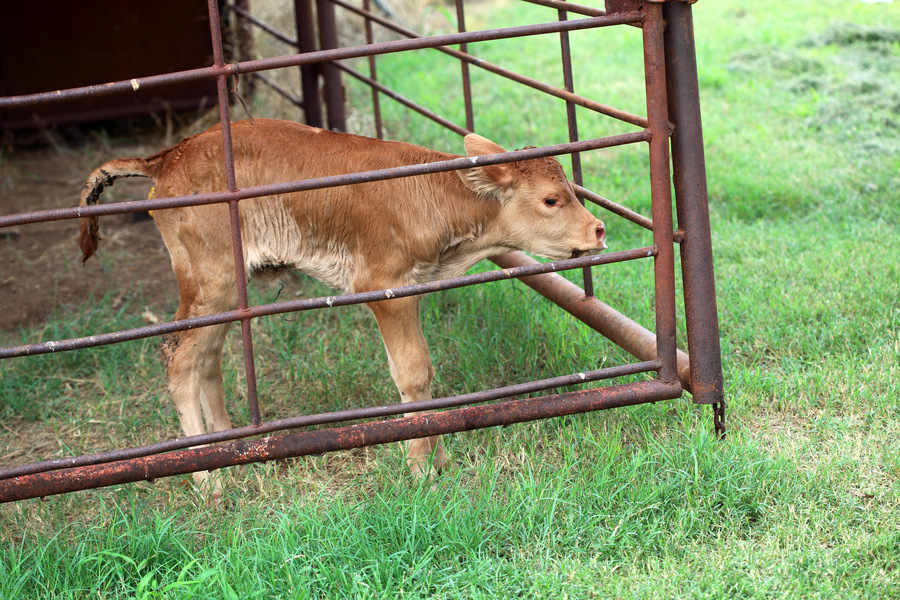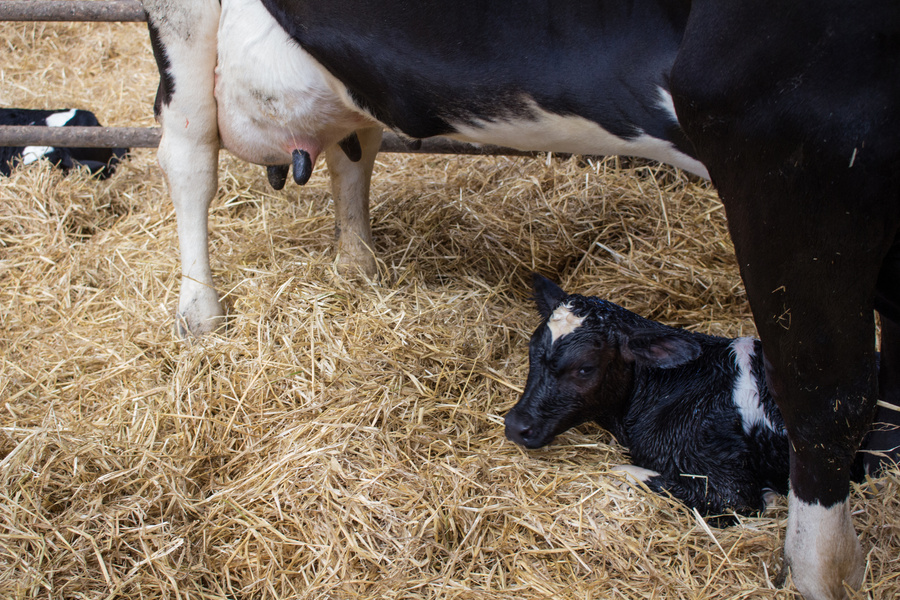
Calf scours
Calf scours
Scours (calf diarrhoea) is the most common condition affecting young calves and is the greatest single cause of death, accounting for almost 50% of all calf deaths in the UK1.
Good management practices around pre-calving, the calving period, and post-calving are essential to prevent calf scours, with special consideration given to colostrum management and hygiene.
The importance of colostrum
Colostrum is the first milk released from the mammary glands after birth and early drinking of colostrum is critical for the health of calves. Colostrum provides vital nutrition and antibodies for immunity in the first few weeks of life.
A calf is born without antibodies and the absorption of antibodies from colostrum into the calf's own blood is only possible in the first 24 hours of life. As a general rule, calves should have at least 10% of their body weight as colostrum in the first 24 hours of life, ideally half of this within 6 hours of birth2.
Understanding calf scours
Learn more about the causes and signs of calf scours and how to prevent and treat the disease.


Interested in learning more?
Download our best practice guide to learn more about good management processes to prevent and treat calf scours.
References:
1 Calf Nutrition and Colostrum Management (2016). Accessed January 2018. Available at: NADIS - National Animal Disease Information Service
2 AHDA (2017) Managing Youngstock Feeding. Accessed January 2018. Available at: Youngstock health | AHDB





